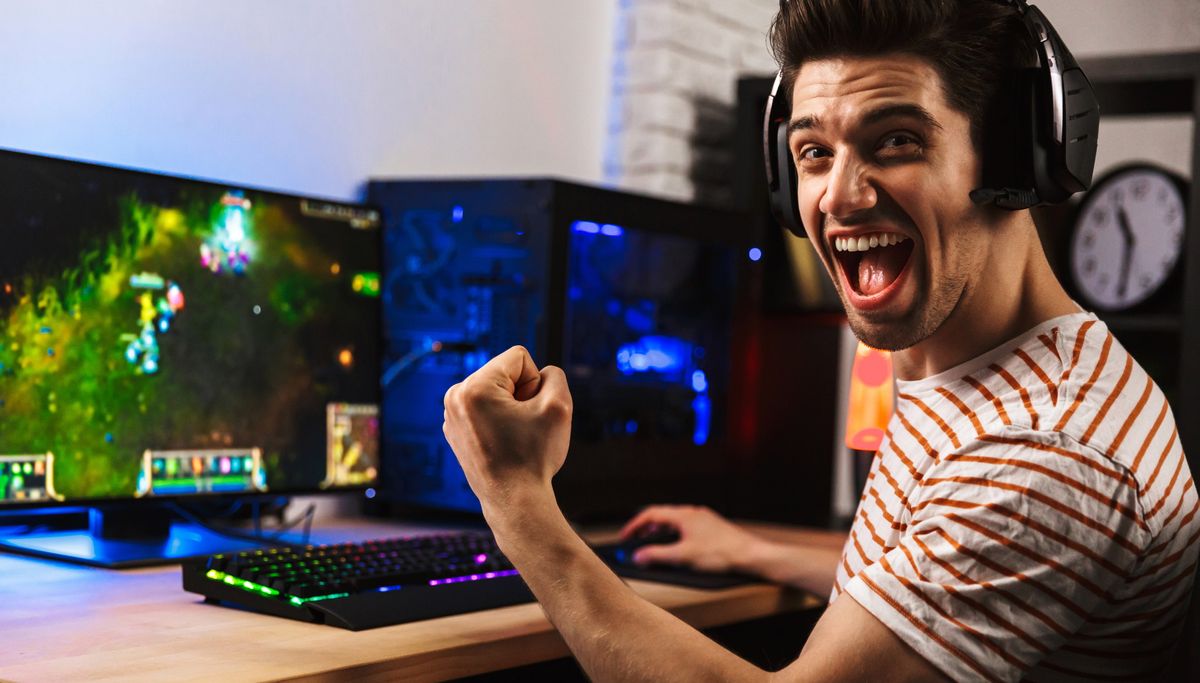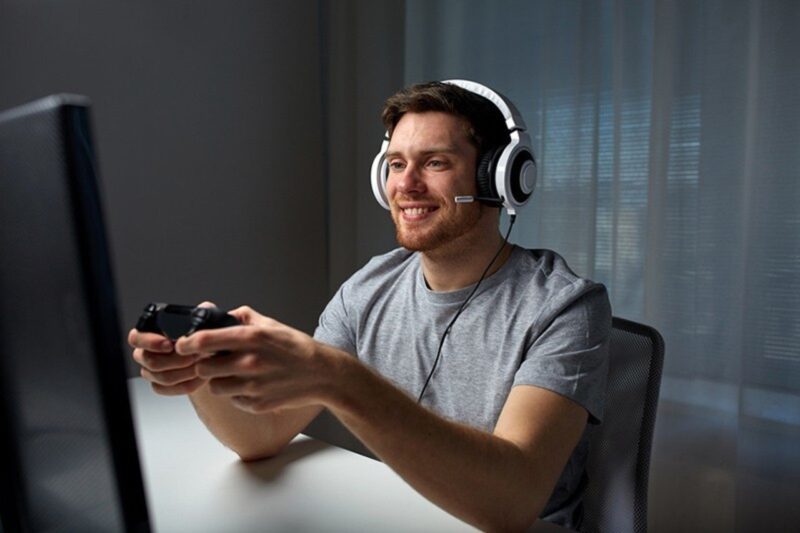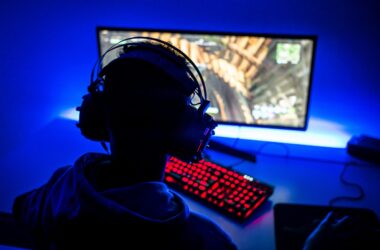If you’re a gaming enthusiast, you know that nothing beats the experience of playing on a smooth, responsive system. But sometimes, you might not have the top-of-the-line hardware to run the latest games. Don’t worry! There are several tweaks you can make to your PC to improve your gaming performance. Let’s dive into these simple steps:
1. Update Your Graphics Drivers:
Graphics drivers are essential for gaming. They communicate between the operating system and the graphics card. Make sure your graphics drivers are up to date, as manufacturers often release updates that increase performance, especially for new games.
2. Adjust Your Game Settings:
If your game lags, try reducing the video settings. Lower the resolution, turn off features like anti-aliasing, reduce texture details, and try other settings. This can significantly boost your FPS (frames per second) and overall performance.
3. Clean Up Your Hard Drive:
Games need space to run smoothly, so a full hard drive can be a bottleneck. Delete files you no longer need, uninstall programs you don’t use, and regularly empty your recycle bin. If possible, consider upgrading to an SSD (Solid State Drive) for faster load times and improved performance.
4. Optimize Your Power Settings:
If you’re on a laptop, ensure it’s set to ‘High performance’ in the power options. This setting allows your computer to use more power to run games more smoothly.
5. Keep It Cool:
Heat slows down performance. Make sure your PC is well-ventilated. Clean out any dust, make sure all fans are working properly, and consider adding more if needed. For laptops, consider a cooling pad.
6. Shut Down Background Apps:
Programs running in the background take up resources. Before playing, close unnecessary applications. For a more in-depth approach, use ‘Task Manager’ on Windows (or ‘Activity Monitor’ on Mac) to see what’s using your CPU or RAM heavily, and consider closing those processes.
7. Defrag Your Hard Drive:
This is for those who still use HDDs (Hard Disk Drives). Defragmenting rearranges the data on your disk to create larger regions of free space, which can help improve the performance. Note: Do NOT defrag if you have an SSD.
8. Tweak Your System Settings:
On Windows, there are a few settings you can tweak for performance. For example, in the ‘System Properties’ menu, under ‘Advanced’ > ‘Performance’, you can adjust for best performance. This reduces visual effects but may free up some vital system resources.
9. Upgrade Your Hardware:
If you’re up for it and your budget allows, upgrading components like your graphics card, RAM, or moving to an SSD can make a huge difference.
10. Use Game Boosters:
There are several programs available that claim to optimize your system for gaming. While results can vary, feel free to try them, but remember to use reputable ones to avoid software that might do more harm than good.




